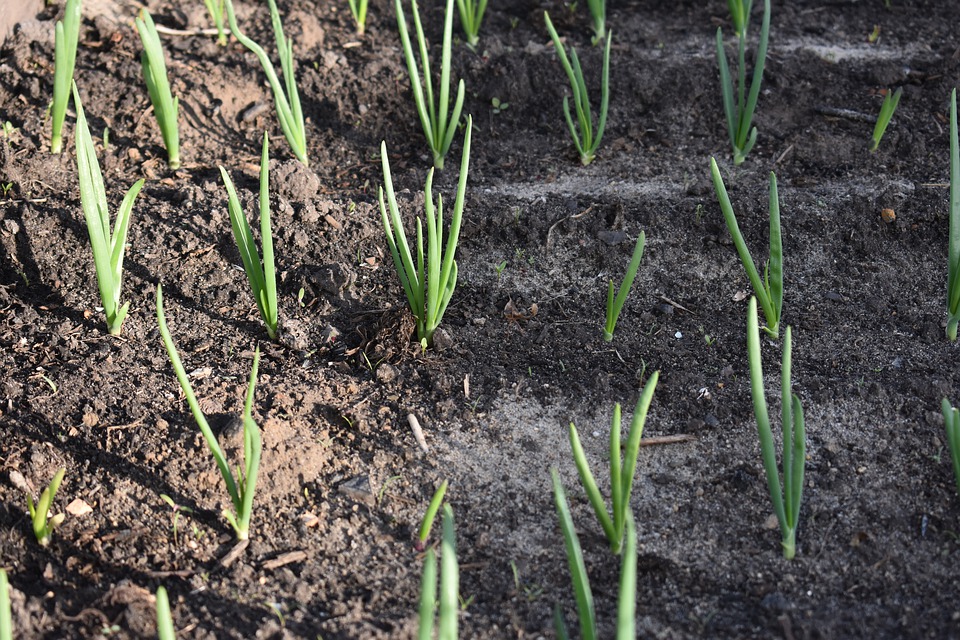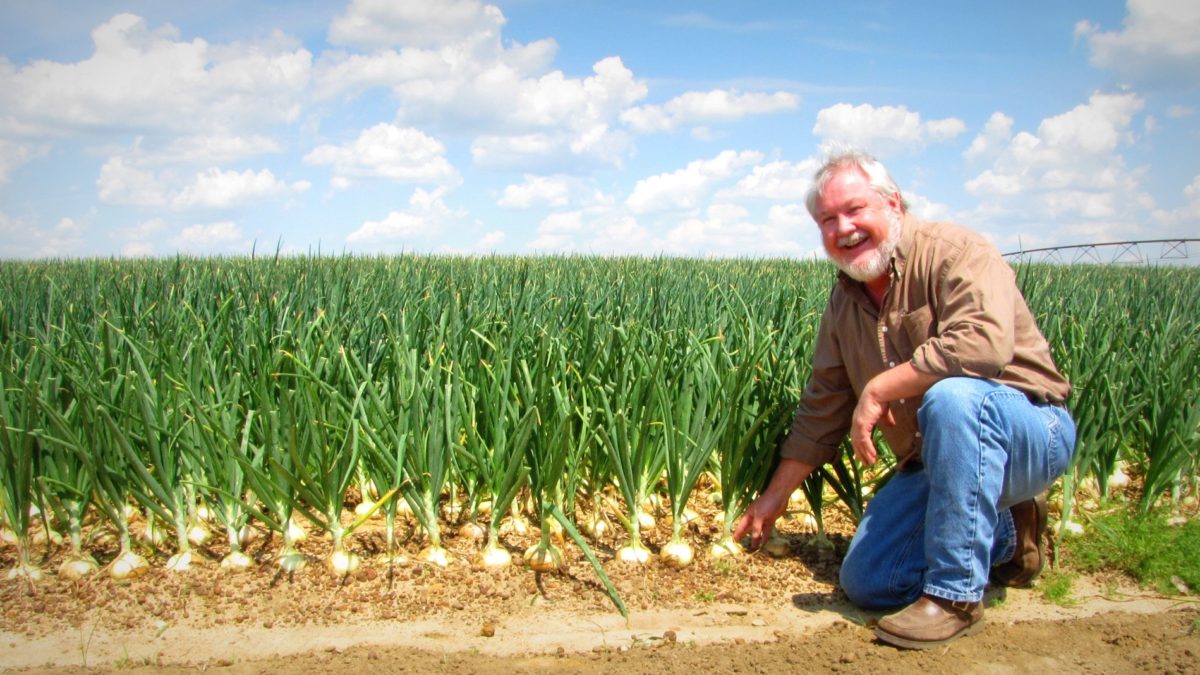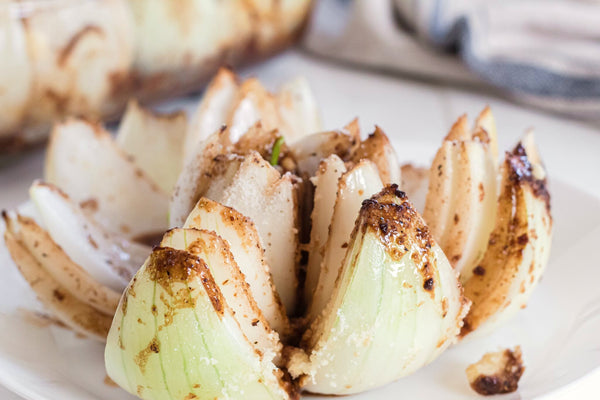
Do not wet them or stick their roots in soil or water. When you obtain onion plants, they should be dry. Transplants should be spaced 3 to 4 inches apart in the row. Set plants with the bottom of the plant about 1 to 1½ inches below the surface of the soil. Plants should be about 6 inches high and about half the thickness of a lead pencil at the time of transplanting. Planting Onions from Transplants: Set out transplants from late December through February. If larger bulbs are desired, thin in spring to 4 inches apart and eat the thinned plants as green onions. Sow eight to 12 seeds per foot of row ½ to ¾ inches deep. Seed is not a recommended method for growing onions in the Piedmont area of South Carolina. Planting Onions from Seed: Plant onion seed directly in the garden in fall in Coastal and Central areas of the state. Planting too early can result in increased seed stem production. Late plantings are more susceptible to cold or freeze injury. Avoid sets more than an inch in diameter, as they are likely to bolt. Planting Onions from Sets: Onions grown from sets do not make the best bulbs, and are rather costly. Thinnings of seed-grown bulb onions can also be eaten as green onions. Sets and plants will be ready to eat in six to eight weeks.

Keep the beds moist until plants are established.įor green or bunching onions, use sets or transplants in the spring. Irrigate immediately after setting to firm the soil around roots, reduce air pockets that dry out young roots, and ensure good soil moisture for new root growth.

Add organic matter to the garden soil to prevent compaction. Planting in raised garden rows will ensure better drainage and make pulling the soil away from the bulbs easier at maturity.

Our Customer Service team will offer the best solutions for specific situations.Piedmont: Abbeville, Anderson, Cherokee, Chester, Edgefield, Fairfield, Greenville, Greenwood, Lancaster, Laurens, McCormick, Newberry, Oconee, Pickens, Saluda, Spartanburg, Union, and York counties.Ĭentral: Aiken, Allendale, Bamberg, Barnwell, Calhoun, Chesterfield, Clarendon, Darlington, Dillon, Florence, Kershaw, Lee, Lexington, Marion, Marlboro, Orangeburg, Richland, and Sumter counties.Ĭoastal: Beaufort, Berkeley, Charleston, Colleton, Dorchester, Georgetown, Hampton, Horry, Jasper, and Williamsburg counties. Any chargebacks and disputes disable our ability to issue refunds or credits due to funds being frozen.Ĭustomers have the right to request a refund/ return/ exchange within 14 days from the delivery date. Please contact us by email before opening a merchant chargeback or payment dispute, as we can generally resolve the issue before that takes place. Please send us an email: and be as detailed as possible while filling in the information.Īfter submission, We will reply to you within 24 hours. So we will not be able to refund for seeds that clients fail to germinate, unless we are convinced that it's truly problem of our seeds. We sell only viable plants seeds online, and test germination of our seeds from time to time. But if seeds fail to reach you due to customs problem on your side which we were not informed in advance, we will not be able to bear any loss, and no refund will be made. If seeds fail to leave China, we will refund your payment 100%. Shipping time will be provided at checkout. Shipping is an additional 15-29 business days depending on location. Pkt is about 200 seeds, which sows 30 feet of row. Then dig up the bulbs, cure for 3 weeks, and store in a cool, dry place. For mature bulbs, wait until the tops fall over after the growing season. Space seedlings 2 to 3 inches apart in the garden. Begin them in flats 8 weeks before expected transplant into the garden. Start seed indoors in fall for early-summer harvest in the south. If you live further north, try “long-day” varieties such as Walla Walla Sweet.

Yellow Granex is called a “short day” onion because it matures during the short days of fall, winter, and early spring, and is suited for warm climates, where winter is mild. Grow onions just like they do in Vidalia, Georgia yourself (who wants to pay those fancy supermarket and roadside stand prices?) and find out just what all the fuss is about! It is equally well suited for cooking or using raw, and is a very reliable garden performer. This sweet Georgia onion is a bit flattish, with flimsy papery wrapping and light-yellow, thick flesh. You just can’t go wrong with easy-to-grow, crowd-pleasing sweet onion! Not only is this short-day type nice and mild, it actually has a sugary flavor you’ll love! And even though it’s a sweet type, it stores remarkably well. This is the same sweet yellow onion that’s famously grown in Vidalia, Georgia, and just one bite tells you why it’s the most popular sweet Onion in America. This is a short-day (Southern) type, planted in fall for early-summer harvest.ġ25 days.


 0 kommentar(er)
0 kommentar(er)
